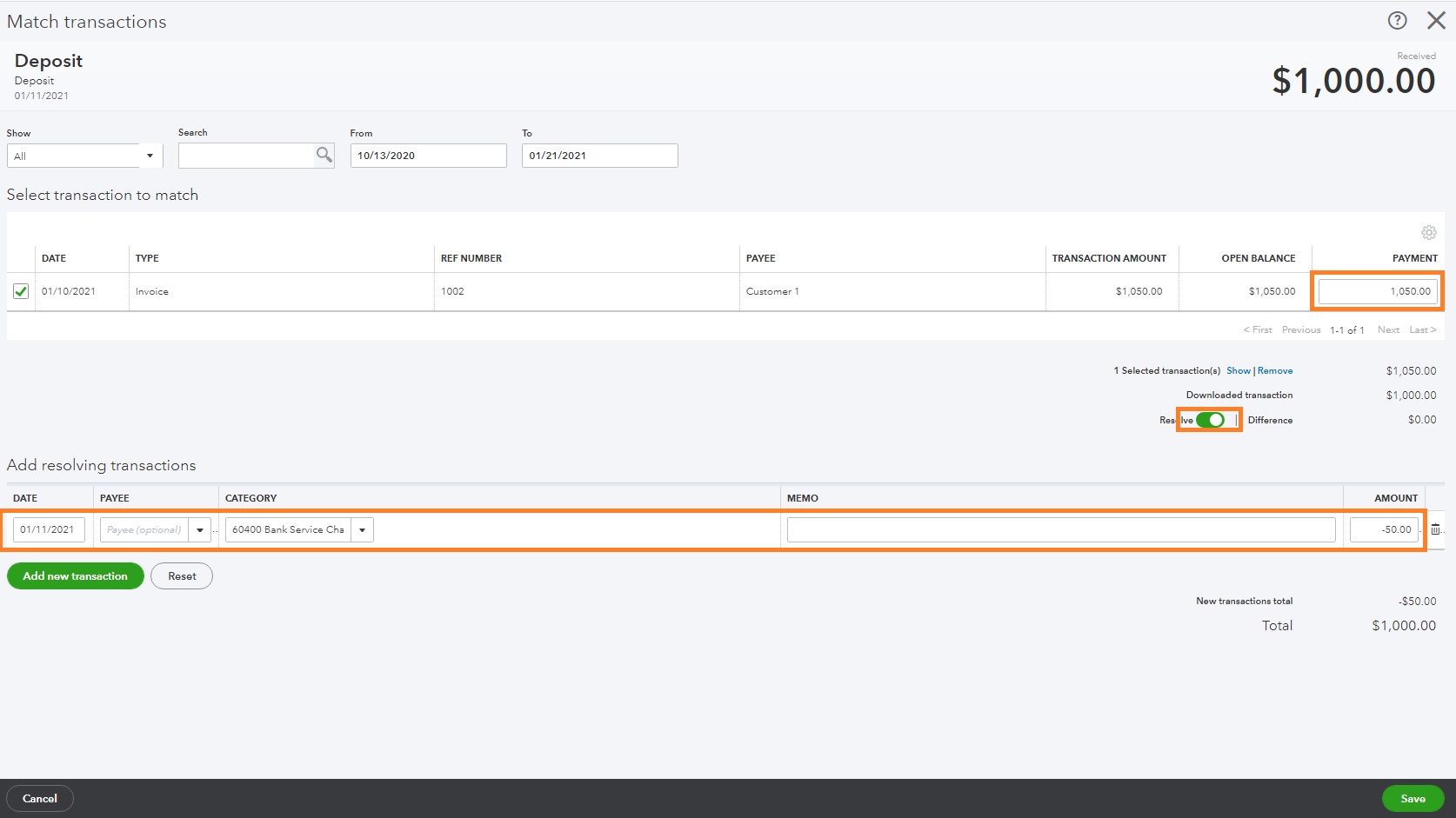

Finance
Adopter Categories Definition
Published: October 2, 2023
Learn the definition of adopter categories in finance and how they impact financial decision-making. Find out how these categories shape the behavior of consumers in the financial market.
(Many of the links in this article redirect to a specific reviewed product. Your purchase of these products through affiliate links helps to generate commission for LiveWell, at no extra cost. Learn more)
Understanding Finance: A Comprehensive Guide to Adopter Categories
Welcome to our Finance blog category! Here, we dive into the world of personal finance, investment strategies, budgeting tips, and much more. In today’s post, we will explore an essential concept in finance called “Adopter Categories.” Understanding adopter categories is crucial for anyone looking to make informed decisions related to financial products and services.
What Are Adopter Categories?
Adopter categories, also known as the “Diffusion of Innovations” theory, are classifications used to describe the behavior of individuals or groups when adopting a new idea, product, or technology. Developed by sociologist Everett Rogers, this theory categorizes people based on their willingness and speed to adapt to new concepts or adopt new products. In the world of finance, this theory helps identify different customer segments and design targeted marketing strategies.
Key Takeaways:
- Adopter categories categorize individuals based on their adoption behavior.
- The theory helps businesses identify customer segments and develop marketing strategies.
The Five Adopter Categories
According to the Diffusion of Innovations theory, there are five main adopter categories:
- Innovators: Innovators are the first to adopt a new idea or product. They love being on the cutting edge of technology and finance. Innovators are risk-takers and enjoy experimenting with new concepts.
- Early Adopters: Early adopters are quick to embrace innovation and tend to have a significant influence on others. They carefully evaluate new ideas and products and are often seen as opinion leaders within their social circles. Financial institutions often target early adopters to gain traction and spread the word.
- Early Majority: The early majority represents the average consumer. They adopt new ideas and products after they have been proven successful by the innovators and early adopters. This group relies on the experiences and opinions of others before making their own decisions.
- Late Majority: The late majority lags behind the early majority in adopting new ideas or products. They are more skeptical and require significant proof of value before embracing change. Late majority adopters often need reassurance from trusted sources before taking the leap.
- Laggards: Laggards are the last to adopt new ideas or products. They are resistant to change and often prefer traditional approaches. Laggards typically adopt new concepts only when they become an absolute necessity.
How Adopter Categories Impact the Finance Industry
Understanding adopter categories is invaluable for businesses in the finance industry. Here’s how these categories impact financial institutions:
- Targeted Marketing: By identifying the different adopter categories, businesses can tailor their marketing efforts to specific customer segments. For example, ads targeting innovators could highlight cutting-edge features, while ads targeting the early majority could focus on proven success and satisfied customers.
- Product Development: Adopter categories also help financial institutions refine and develop their products. By understanding which categories are more likely to adopt new ideas, businesses can focus their efforts on creating solutions that cater to those segments.
- Managing Risk: Different adopter categories have varying levels of risk tolerance. Innovators and early adopters might be more willing to take financial risks, while the late majority and laggards may prefer conservative approaches. Financial institutions can tailor their risk management strategies accordingly.
Conclusion
Adopter categories play a significant role in the finance industry, helping businesses understand and target specific customer segments. By identifying which category a customer falls into, financial institutions can create targeted and effective marketing strategies, develop products that cater to specific needs, and manage risk accordingly. So the next time you come across a new financial product or service, think about which adopter category you belong to and how it might influence your decision-making process.
Keep exploring our Finance blog category for more insights, tips, and advice on all things related to personal finance and investing!














